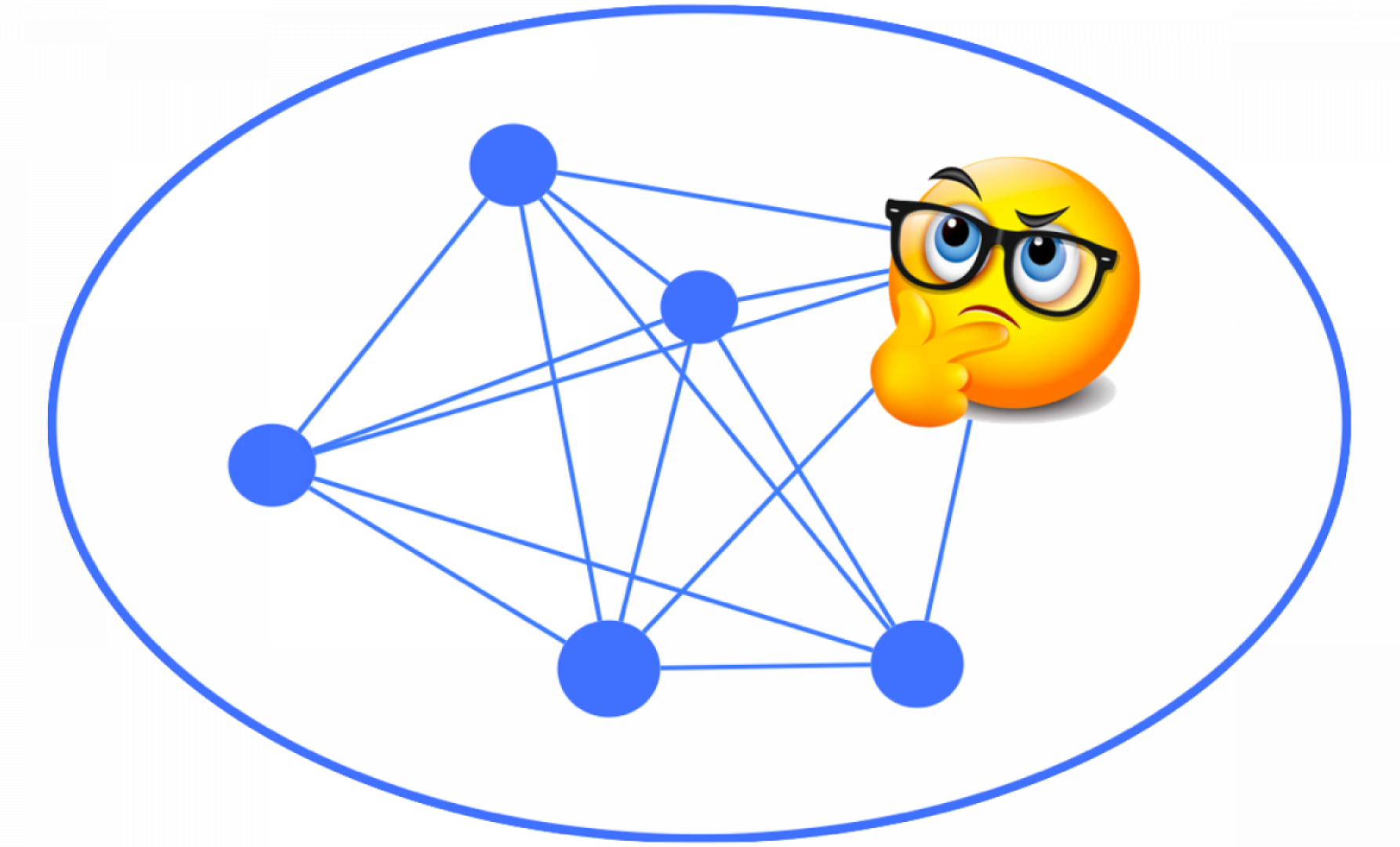Is remote teamwork fact or fantasy?
27.1.2022 — We do have remote teams, for good or false reasons. The following explains how the development of group dynamics enables collaboration and performance, even in remote teams.

In co-located teams, trust, norms, loyalty, and so on take some time to develop. They grow when the team successfully solves the group dynamic questions of agreeing to be lead, acceptance of individuality, and work-related anxiety. These questions are behind the famous team development life-cycle forming, storming, norming, performing. No development, and the performing will struggle.
In remote teams, every member has the same questions. However, our intuitive tools for this development fail with the limited communication.
For this reason, the (situational) leaders of a remote team need to know these questions and deliberately get them processed. It is extremely helpful, that the influential team members understand this.
Here you have the basic examples:
Leadership
Whenever there is confusion in the team, the team needs to agree on who is leading us to the clarity. When every single member agrees and acknowledges who this leader is, the team is aligned. This is essential in the beginning and happens faster later.
It might take some discussion over the lines, and some people might show frustration: "Why don't we just stop talking and start working." However, without this simple agreement, there is no team. There is still a bunch of individuals fulfilling their personal tasks.
Individuality
Then individuality will emerge and there will be disagreement. Whoever is the situational leader needs to solve the conflicts so that individuality and differences are accepted. Google made a large quantitative research on their teams and concluded that the most important factor behind a successful team is: "Psychological safety: Can we take risks on this team without feeling insecure or embarrassed?"
In remote teams it is easy to withdraw. There is a greater risk of offending and being hurt without others recognizing. It is too easy to ignore the views of a junior team member. Here, the situational leader needs to be extra observant.
Anxiety
When work-related anxiety hits, we will enjoy the fruits of team development. Now the team can benefit from team cohesion to gather courage. If there has been no team development so far, this option is not available. The poor situational leader needs to "motivate" the anxious individuals. Some people will fade, and the heroes take all the load. When the cohesion is available, it can be stimulated for example by storytelling.
Performing
Only now the team accepts process coaching, learns to share workload, competence, and leadership. Or we have a group of people who mind primarily their own business.

